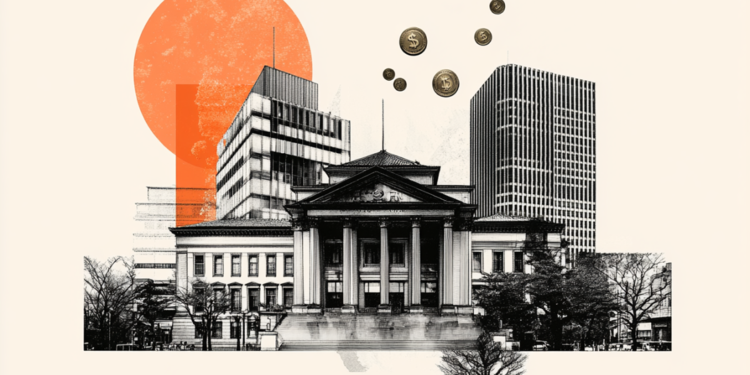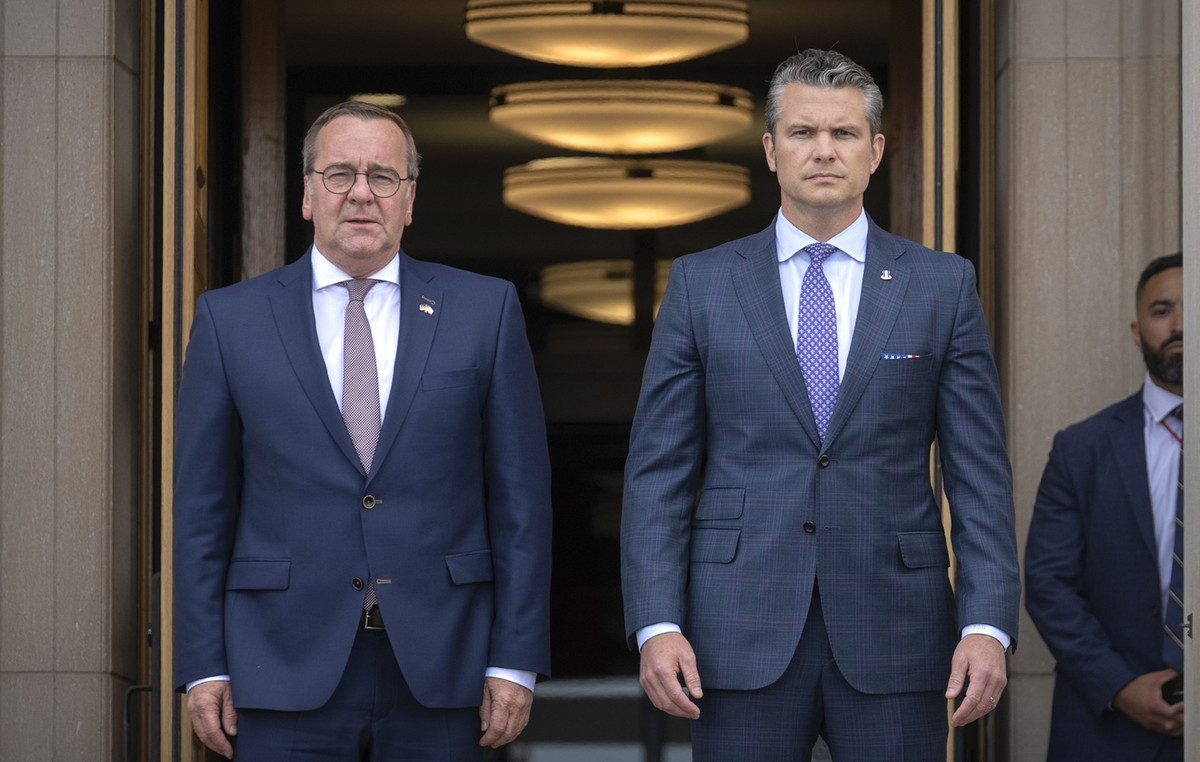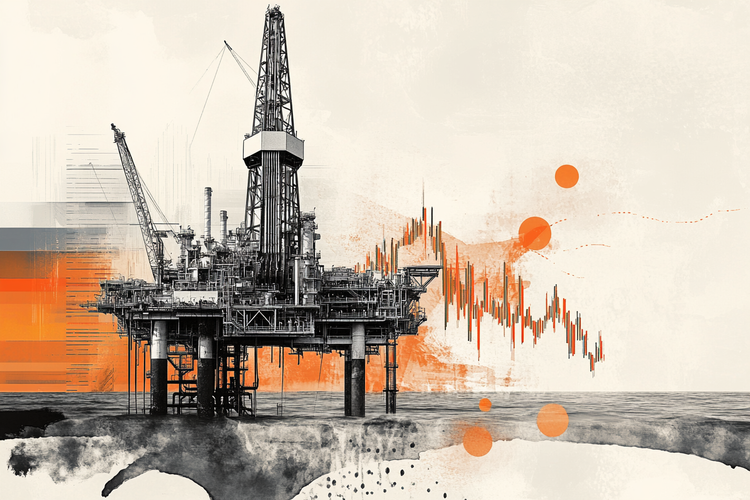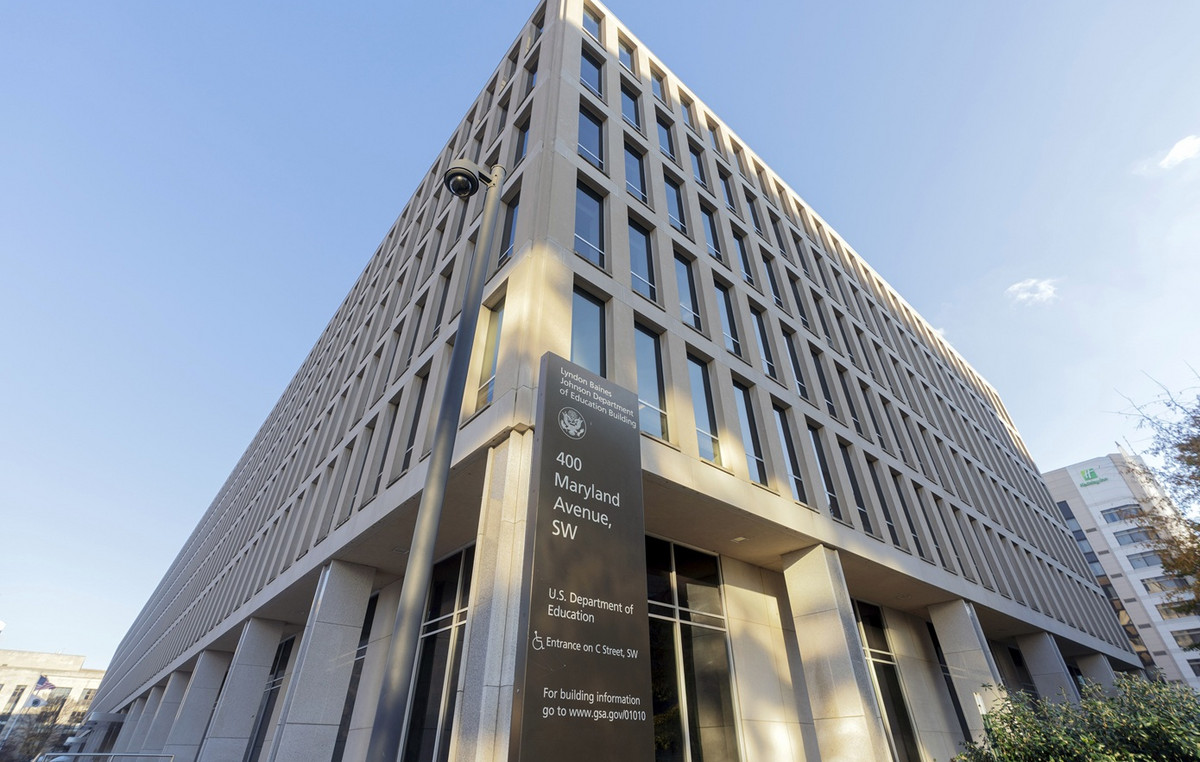- The heads of the central banks will discuss monetary policy collectively in the ECB forum.
- The divergence in recent monetary policy between the FED, the ECB, the BOE and the BOJ makes the event particularly interesting.
- Jerome Powell’s comment will be particularly examined before the July policy meeting.
Jerome Powellpresident of the Federal Reserve System (FED), and Christine Lagarde, President of the European Central Bank (ECB), they will speak in the ECB forum About central banking at 1:30 p.m. on Tuesday, July 1.
Together with the president of the Fed, Powell, and the president of the ECB, Lagarde, the governor of the Bank of England (BOE), Andrew Bailey, and the governor of the Bank of Japan (Boj), Kazuo Uedathey will also participate in the same panel.
The Fed maintained its policy rate without changes in the range of 4.25% -4.5% after the June policy meeting, and the revised summary of economic projections (the so-called points diagram) showed that those responsible for politics still projected that the Fed would cut the policy rate twice this year. When testifying about the semiannual monetary policy report before the US Congress, Powell explained that the reason why they adopt a cautious approach towards the flexibility of politics is that forecasts inside and outside the Fed expect a significant increase in inflation this year due to tariffs.
The ECB reduced its key rates in 25 basic points (PBS) in June, and the president of the BCE, Lagarde, hinted that they could be at the end of the relaxation cycle. Meanwhile, the BOE He maintained his policy rate at 4.25% after the June meeting, but three members of the Monetary Policy Committee (MPC) voted in favor of a reduction of 25 PB rates, citing an additional material loosening in the labor market, a moderate consumer demand and salary agreements near sustainable rates. Finally, the governor of the Boj, Kazuo Ueda, reiterated that rates will continue to increase if the economy and prices move in line with their forecasts after leaving unchanged the objective of short-term interest rate in the range of 0.4%- 0.5% in June.
Related news
- DXY: Under pressure – OCBC
About Jerome Powell (Vía Federalreve.gov)
“Jerome H. Powell first assumed the position of President of the Board of Governors of the Federal Reserve System on February 5, 2018, for a period of four years. It was reelected to the position and took possession of a second period of four years on May 23, 2022. Mr. Powell also serves as President of the Federal Open Market Committee, the main body of formulation of monetary policies of the system. Powell has been a member of the Board of Governors since he assumed the position on May 25, 2012, to complete a mandate not expired.
US interest rates
Financial institutions charge interest rates on loans to borrowers and pay them as interest to savers and depositors. They influence the basic types of interest, which are set by central banks based on the evolution of the economy. Normally, central banks have the mandate to guarantee the stability of prices, which in most cases means setting as an objective an underlying inflation rate around 2%.
If inflation falls below the objective, the Central Bank can cut the basic types of interest, in order to stimulate credit and boost the economy. If inflation increases substantially above 2%, the Central Bank usually rises the interest rates of basic loans to try to reduce inflation.
In general, higher interest rates contribute to reinforce the currency of a country, since they make it a more attractive place for world investors to park their money.
The highest interest rates influence the price of gold because they increase the opportunity cost of maintaining gold instead of investing in an asset that accrues interest or depositing effective in the bank.
If interest rates are high, the price of the US dollar (USD) usually rises and, as gold quotes in dollars, the price of low gold.
The federal funds rate is the type to a day that US banks lend each other. It is the official interest rate that the Federal Reserve usually sets at its FOMC meetings. It is set at a fork, for example 4.75%-5.00%, although the upper limit (in this case 5.00%) is the aforementioned figure.
Market expectations on the interest rate of the Federal Reserve funds are followed by the Fedwatch of the CME tool, which determines the behavior of many financial markets in the forecast of future monetary policy decisions of the Federal Reserve.
Source: Fx Street
I am Joshua Winder, a senior-level journalist and editor at World Stock Market. I specialize in covering news related to the stock market and economic trends. With more than 8 years of experience in this field, I have become an expert in financial reporting.







